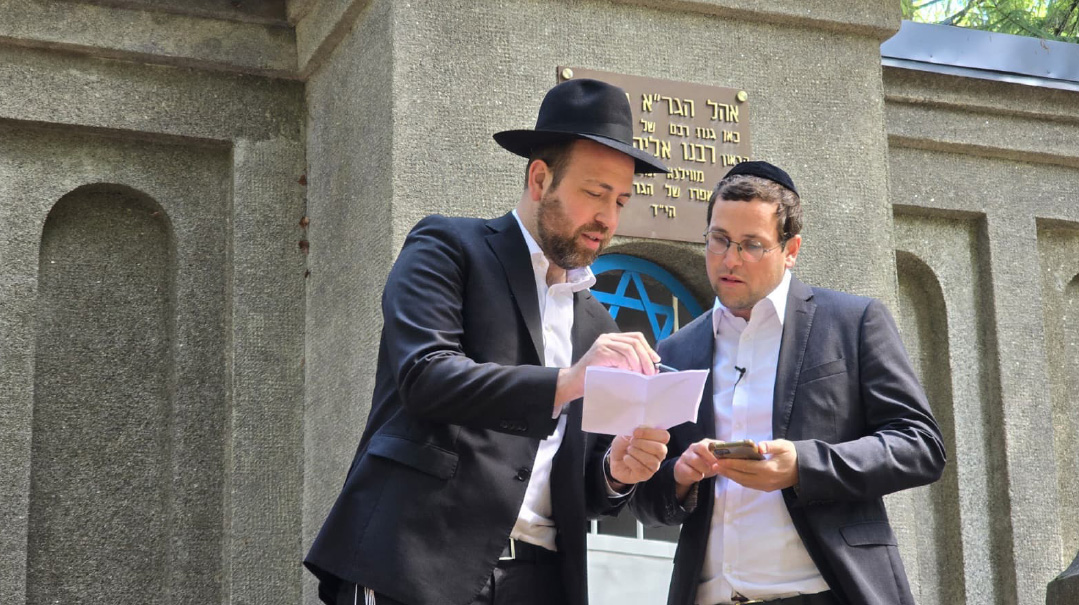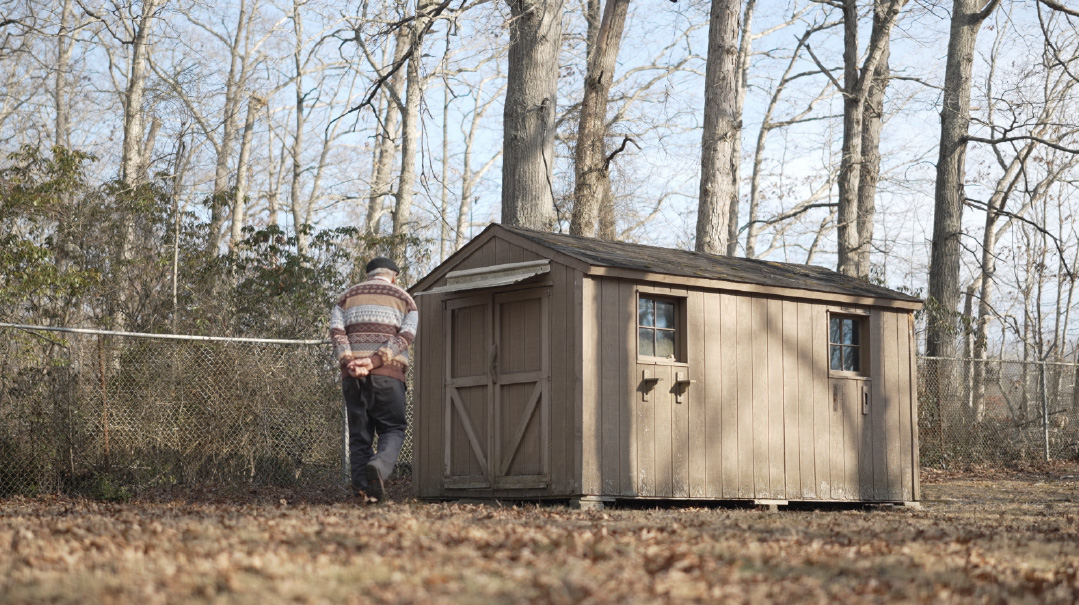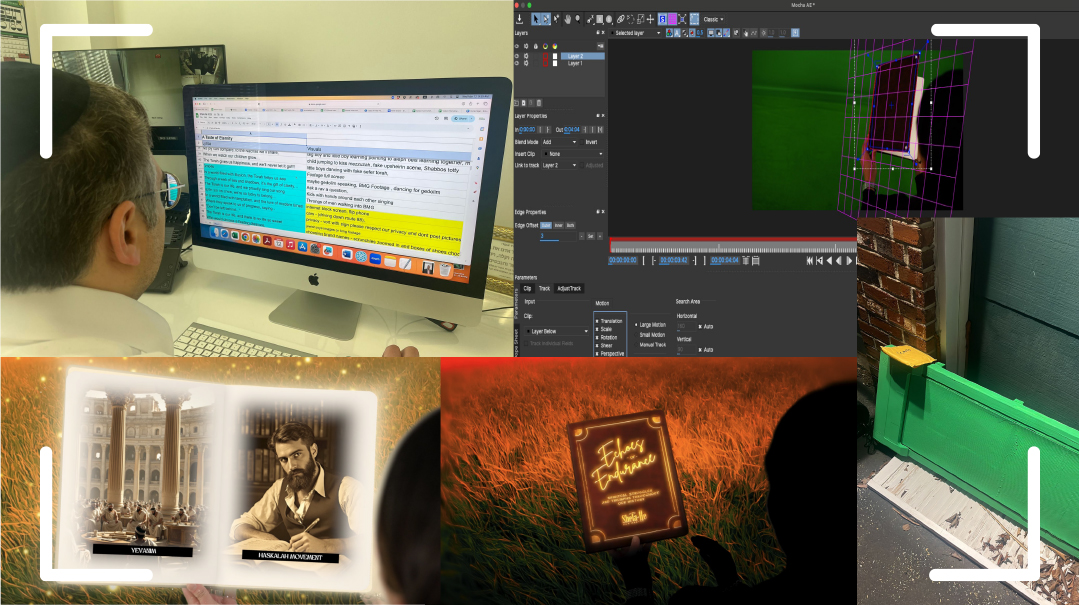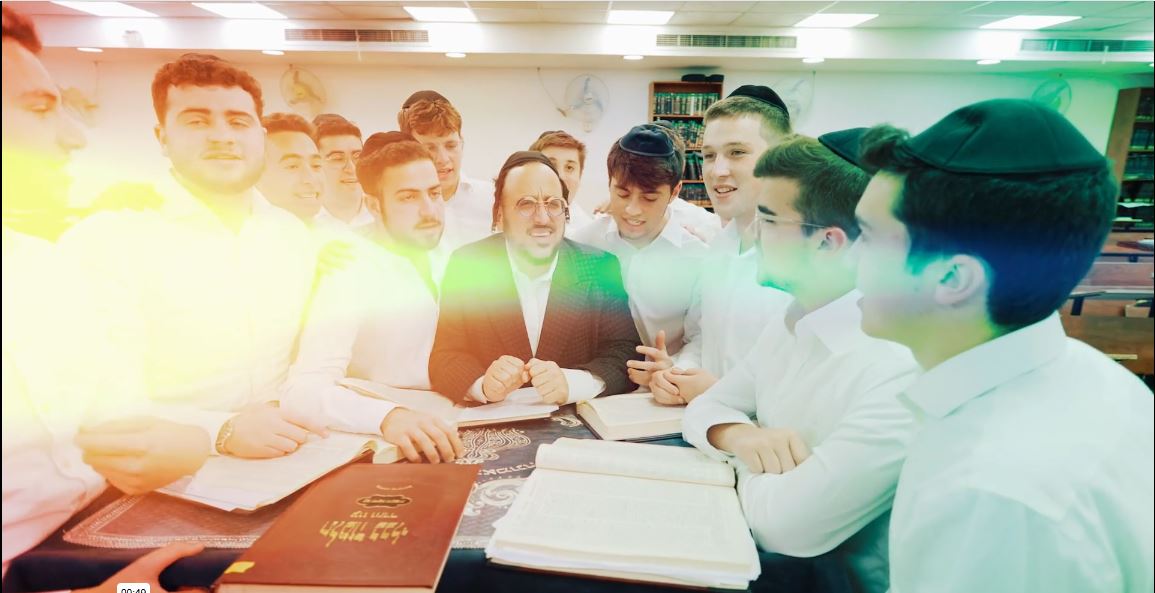Client: Adirei HaTorah
| July 9, 2024“Obviously, our mission statement and goal remain the same, but we need to find a new way to express them”

Client: Adirei HaTorah
Objective: Multiple features for live event, plus highlight feature
Film Locations: Mint Media green screen studio in Lakewood, New Jersey
Project Deadline: June 16, 2024
The Proposal
This would be Adirei HaTorah’s third year making a grand event; they were calling it The Chazaka. In the past two years, the organizers had asked us to prepare interview-based features, which meant filming gedolei Yisrael and rabbanim from around the globe expressing their admiration and giving brachos to the yungeleit. This part is logistically the most complicated, as all the gedolim have incredibly busy schedules serving the klal, so when we were told they wanted something similar for this year’s presentation, senior production manager Moshe Niehaus hit the ground running.
Moshe had already made some calls and penciled in tentative dates when a different member of the Adirei HaTorah team reached out. He was concerned, he said, because he wasn’t convinced this style was the right approach.
“Let’s be honest, this is the third year in a row we’re having this event. If the crowd feels like the program is copy-pasted from last year, it’s almost not worth having it,” he said. “Obviously, our mission statement and goal remain the same, but we need to find a new way to express them.”
At this point it was about a month before the big day — that doesn’t leave a lot of room for dramatic changes — but we arranged a conference call with the organizers to see if we could reach a consensus.
Adirei HaTorah is a movement more than anything else, and the passion from everyone on the line came through loud and clear. Ideas flew fast and furious, ranging from having the yungeleit themselves speak, to highlighting stories of mesirus nefesh for Torah, to having live musical accompaniment for the video. However, with only four weeks remaining to create a world-class production for the estimated 25,000 attendees, we needed consensus now.
After everyone had contributed their two cents, I tried compiling everything into one cohesive plan. I suggested we write a script highlighting the lifestyle of a serious yungerman, with the yungeleit themselves narrating.
“And if you really want the presentation to feel completely different, let’s build it as one production instead of four or five individual features. So if the first script ends with the words ‘ki heim chayeinu,’ have the band play the song immediately, and then have them continue with another song that will segue into the opening of the next video,” I said. “This will make the 20 minutes of video feel like part of a seamless 45-minute production.”
Scripting Stories
With a short deadline and our work cut out for us, we reached out to master storyteller and writer Rabbi Yechiel Spero to see if he could help with the scripts. He was excited to get on board and immediately began compiling narratives of the primacy of Torah throughout history, starting from the Tannaim and Amoraim. Rabbi Spero wove together a seamless masterpiece, but the Adirei HaTorah team still wasn’t sure we’d hit the right tone.
Instead of the wider, overarching stories, let’s focus on the daily sacrifices; how each and every day a yungerman and his family put his learning on a pedestal, no matter how difficult, they recommended. They did want to give a historical backdrop to this phenomenon, so we adapted much of the general narrative of Rabbi Spero’s script to give context.
As we planned on having the yungeleit narrate, we asked them for their input as well, and allowed them to add personal touches to their scripts. This went over incredibly well, because by making it personal, our narrating yungeleit were more emotionally invested, and the crowd appreciated hearing from one of their own.
Flash Back
Once the script was locked, the next hurdle was the accompanying visuals. Over three minutes of the text dealt with historical material, but video footage of prewar European yeshivos is limited, and obviously there is nothing of the Amoraim and early Rishonim.
I asked my good friend Dovi Safier, whose passion for Jewish history is unmatched, for help with the first challenge. In addition to helping us ensure historical accuracy, Dovi graciously opened his archives to us, sharing dozens of enhanced and rare photographs.
But even Dovi couldn’t provide us with pictures of Abaye and Rava, so we needed several of our own animations to fill those gaps. I asked our VFX associate Miss Shayna Goldman to make an animation showing the Gemara — one from my chassan Shas, incidentally — opening and closing, and then turning the pages to highlight the names of Amoraim cited within.
Meanwhile, I tasked VFX Director Mordy Fisgus with designing several maps that show both the origins of the Rishonim and the placement of the earlier yeshivos. Between the names-in-the-Gemara animation, the maps, and other custom timelines and graphics, the most challenging elements of the production actually turned out to be the most compelling.
History Is in the Past
We submitted the polished videos for review a week before showtime. The feedback to the new production setup was overwhelmingly positive, but one Adirei HaTorah team member thought the first video was too historical and wanted us to cut the first section and begin with the European yeshivos. Yes, you read that right — simply cut one entire section, the one that entailed over 50 hours of special effects work by our Mint Media staff.
They say the client is always right, but I didn’t think they were making the right decision and I tried to talk Adirei HaTorah out of it. No luck, though, and I had to walk into the office with the uncomfortable task of telling the special effects team that weeks of labor would not grace the jumbo screen after all. Everyone took it gracefully, but it was a frustrating pill to swallow.
Later that week, when I awoke from my Erev Shavuos nap, I noticed I had received the following message: I know we’re making you crazy, but would you be able to put that opener back in after all? After reviewing it again we realized it has its own appeal.
I assured them this was the right decision and quickly texted the staff the update. A little extra oneg Yom Tov, knowing their work was not for naught after all.
Callback
The videos at the live event are actually played by an AV (audio visual) company. As in the past, though, we brought along several of our own cinematographers to film the event so we could build a highlight clip of the evening. This year, with the success and overwhelming feedback to the revamped program, the Adirei HaTorah team wanted the highlights to feel different as well. I suggested using that very success as the outline for the highlights.
“Let’s give viewers a compressed edition of what they would have experienced at the event,” I said. “We can show the choir singing the song, and then segue into each of the videos in sequence.”
Adirei HaTorah liked the idea, but it was important to them that the highlight reel carry the energy of the live event as well. Associate VFX Director Jeremy Lewis spent several days not only sorting through (over 80 hours!) of footage, but also audio from our cameras, searching for those moments where the crowd joined in the singing. He even used some editing tricks, like having a clip jump up and down along with the exuberant dancers, giving an immersive experience to the action. With this audio, along with a select number of closeup shots from within the crowd, a viewer could turn off the lights, play the clip, and feel as if he was really there. And isn’t that the best type of highlight video?
(Originally featured in Mishpacha, Issue 1019)
Oops! We could not locate your form.







